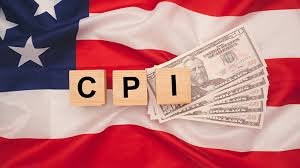In the Tokyo morning session, the selling pressure on the USD/JPY pair intensified further from the previous days, and it touched 146.67 yen. The dollar selling accelerated as it broke below 147.15 yen, the low from November 21st, following the year’s high of 151.90 yen on November 13th. After reaching 147.15 yen on the 21st, the USD/JPY pair had temporarily risen to the upper 149 yen level, which had led to some accumulation of dollar long positions, and this has now contributed to the current momentum of a weaker dollar and stronger yen.
During the morning session, the yield on the US 10-year Treasury bonds dropped to the 4.276% range, and the USD/JPY pair saw dollar buying, bringing it to around 147.30 yen. However, the US bond yields have since declined again, limiting the upside for the dollar.
In the international markets ahead, the USD/JPY pair is expected to maintain a bearish tone.
Yesterday, comments from Christopher Waller, a Federal Reserve Board (FRB) Governor, regarding potential future rate cuts in the US contributed to the weakening of the dollar. Waller is considered one of the more hawkish members of the Federal Open Market Committee (FOMC), making his remarks particularly impactful.
Not only is the market pricing in a rate hold for the December FOMC meeting, but there is also speculation that rate cuts, which were previously expected to start in June, could begin as early as March. This has been a driving factor behind the recent dollar weakness.
The USD/JPY pair has declined by more than 3 yen since the start of this week, which might seem excessive, but considering the significant shift in monetary policy expectations, the trend of a weaker dollar is likely to persist. If the pair remains in the mid-147 yen range from here, a drop to the 146 yen range is quite possible.
The EUR/USD pair is trading around 1.10. Depending on the results of the preliminary German consumer price index (CPI) data to be released, there is a possibility that the euro could strengthen significantly or weaken. Hence, caution is advised for euro buying at this point. It might be wise to wait for the release of economic indicators.
The unexpected suggestion of a rate cut in the US by FRB Governor Waller, possibly as early as a few months from now, has led to a significant USD sell-off. Given this development, it’s unlikely that there will be rapid changes from here, so maintaining a USD selling bias seems prudent.


